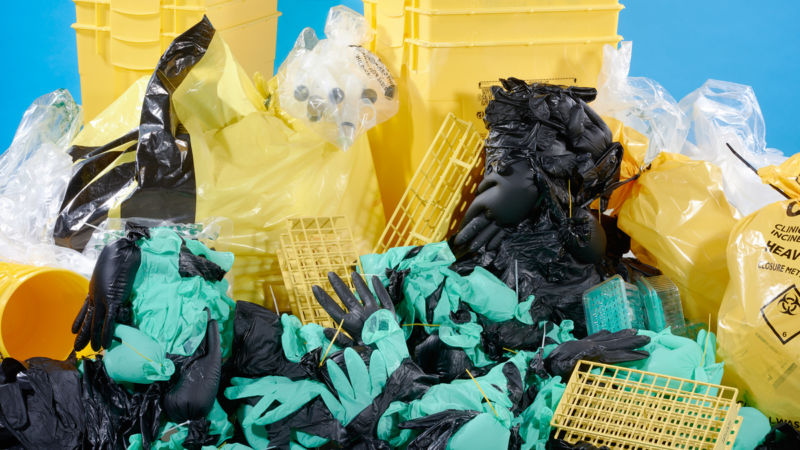
Enlarge / There is no shortage of plastic in your average science lab. (credit: © Daniel Stier at Twenty Twenty and Miren Marañón at East Photographic for Mosaic)
Lucy Gilliam has an infectious passion for environmental action. Today, she works in Brussels on environmental transport policy. But in the early 2000s, she was a molecular microbiologist in Hertfordshire. Like many in her field, Gilliam got through a lot of disposable plastics. It had become a normal part of 21st-century science, as everyday as coffee and overtime.
Gilliam was, in her words, a “super high user” of the sort of plastic, ultra-sterilized filter pipettes that could only be used once. Just as so many of us do in our domestic lives, she found she was working with what anti-pollution campaigners call a “produce, use, discard” model. The pipettes would pile up, and all that plastic waste just seemed wrong to her.
Science’s environmental impact had begun to worry her. It wasn’t just a matter of plastics. She also wanted to know why there weren’t solar panels on the roof of the new lab building, for example, and why flying to conferences was seen more as a perk than a problem. “I used to bitch about it over coffee all the time,” Gilliam tells me. “How can it be that we’re researching climate science, and people are flying all over the place? We should be a beacon.”
No comments:
Post a Comment